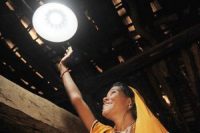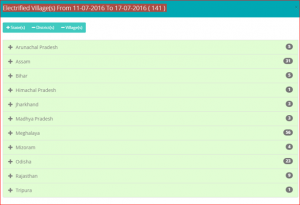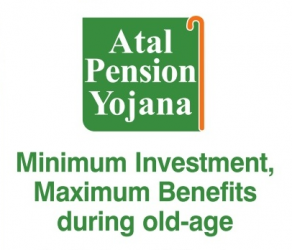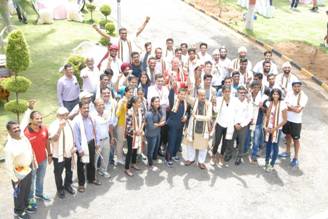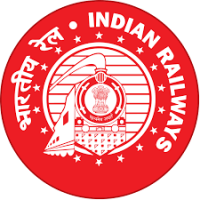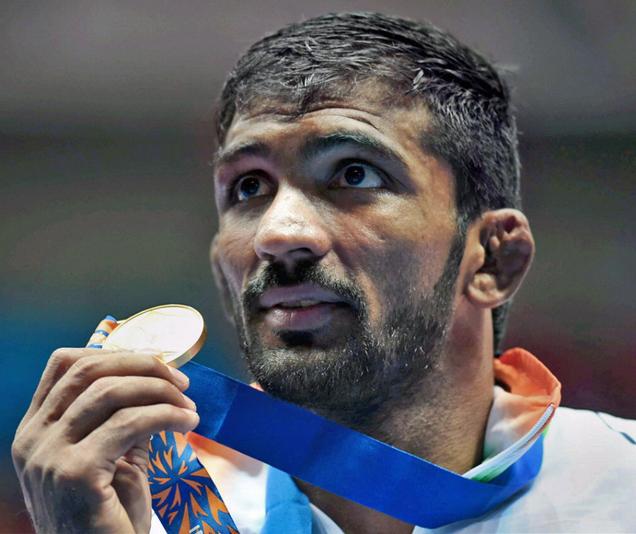Star Alliance, the way the Earth connects, has claimed the Best Airline Alliance title at the Skytrax World Airline Awards. The Alliance also received the Best Airline Alliance Lounge Award for its prestigious Los Angeles Lounge for the second year in row.
Receiving the award, Mark Schwab, CEO Star Alliance said: “I am accepting this award on behalf of more than 430,000 employees who deliver our customer promise to more than 640 million passengers each year. Regaining this accolade shows that investing into technology which facilitates the delivery of our Alliance customer benefits is paying off and that travellers are noticing a difference. Following the recent decision of our Chief Executive Board, we will invest further in modern systems and so continuously improve the Alliance travel experience.”
Star Alliance was the first airline alliance to receive the Best Alliance Award from Skytrax when the category was first introduced in 2005 and has since held the award seven times.
The World Airline Awards are managed by international air transport rating organisation, Skytrax Research of London, UK. The transparency and global coverage of the survey distinguish these awards as the most prestigious and respected quality recognition for today’s world airline industry.
The awards are based on the results of the World Airline Survey, which has operated since 1999 and is held in high esteem for its clarity of process and rigorously applied rules of independence. The customer survey ran from August 2015 until May 2016, with a total of 19.2 million eligible customer surveys being completed.
People of more than 104 different nationalities participated in the survey which covered over 280 airlines, from the largest international airlines to smaller domestic carriers. The surveys measure quality standards across 41 key performance indicators of front-line product and service.
Customer satisfaction levels for the passenger experience are rated across Airport and On-board environments – check-in to boarding, arrivals and transfer, lounges, seat comfort, cabin cleanliness, food and beverages, inflight entertainment (IFE), staff service and associated air travel features.
About World Airline Awards:
The World Airline Awards are managed by international air transport rating organisation, Skytrax Research of London, UK. The transparency and global coverage of the survey distinguish these awards as the most prestigious and respected quality recognition for today’s world airline industry.
The awards are based on the results of the World Airline Survey, which operating since 1999 is held in high esteem for its clarity of process and rigorously applied rules of independence. The customer survey operated from August 2015 until May 2016, with a total of 19.2 million eligible customer surveys being completed. More than 104 different nationalities participated in the survey, covering over 280 airlines, from the largest international airlines to smaller domestic carriers. The surveys measure Quality standards across 41 key performance indicators of front-line product and service.
Customer satisfaction levels for the passenger experience are rated, across Airport and Onboard environments – check-in to boarding, arrivals & transfer, lounges, seat comfort, cabin cleanliness, food and beverages, IFE, staff service and associated air travel features.
About Star Alliance:
The Star Alliance network was established in 1997 as the first truly global airline alliance to offer worldwide reach, recognition and seamless service to the international traveller. Its acceptance by the market has been recognized by numerous awards, including the Air Transport World Market Leadership Award and Best Airline Alliance by both Business Traveller Magazine and Skytrax. The member airlines are: Adria Airways, Aegean Airlines, Air Canada, Air China, Air India, Air New Zealand, ANA, Asiana Airlines, Austrian, Avianca, Avianca Brazil, Brussels Airlines, Copa Airlines, Croatia Airlines, EGYPTAIR, Ethiopian Airlines, EVA Air, LOT Polish Airlines, Lufthansa, Scandinavian Airlines, Shenzhen Airlines, Singapore Airlines, South African Airways, SWISS, TAP Portugal, Turkish Airlines, THAI and United. Overall, the Star Alliance network currently offers more than 18,500 daily flights to 1,330 airports in 192 countries.
About Air India:
Air India occupies a special place in the global and Indian aviation scenario. It pioneered the aviation in India and its history is synonymous with the history of civil aviation in India. Air India is not a mere airline that transports passengers, baggage and cargo. It is a multi-faceted organization. The aviation infrastructure it has created over the years is a testimony of its contribution. Apart from servicing of all its aircraft in-house with its own engineering facilities, Air India also undertakes ground handling services of many airlines in many cities in India. Air India has grown to become a mega international airline with a network of 36 destinations across the USA, Europe, Far-East and South-East Asia and the Gulf. The airline’s domestic network covers 54 destinations, including far-flung areas of the North-East, Ladakh, Andaman and Nicobar Islands. Air India, today, flies one of the youngest, state-of-the-art, fleet of aircraft comprising a mix of the wide-body Boeing B777s, B747s, its latest acquisition- the B787 Dreamliner and the narrow body Airbus A321s, A320s and A319 aircraft.
More: Air India






